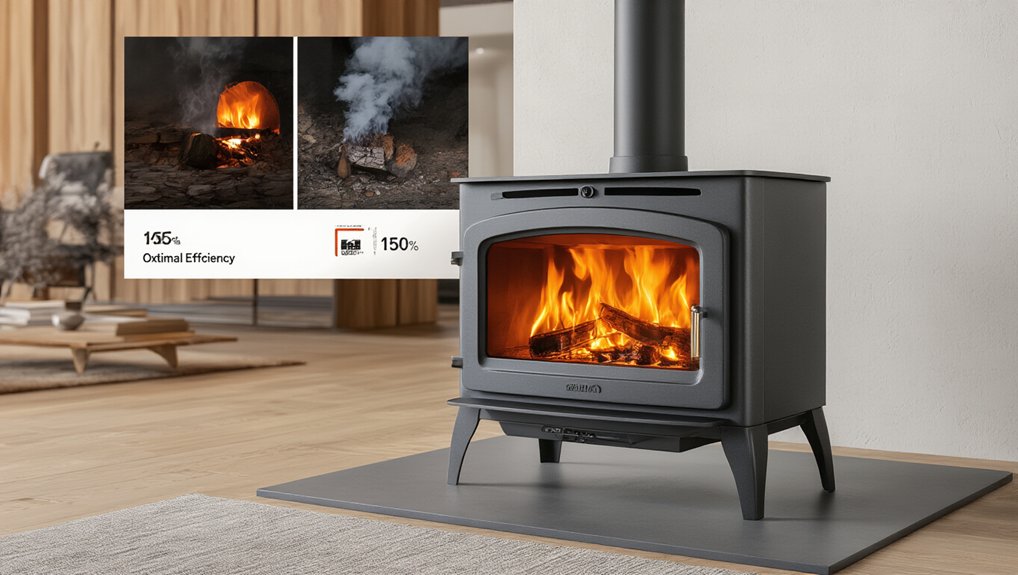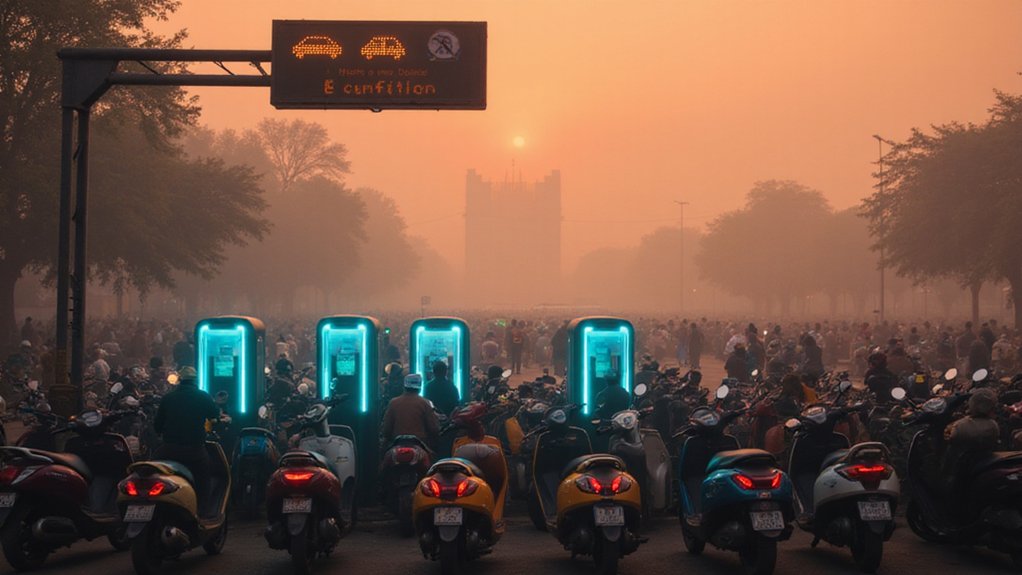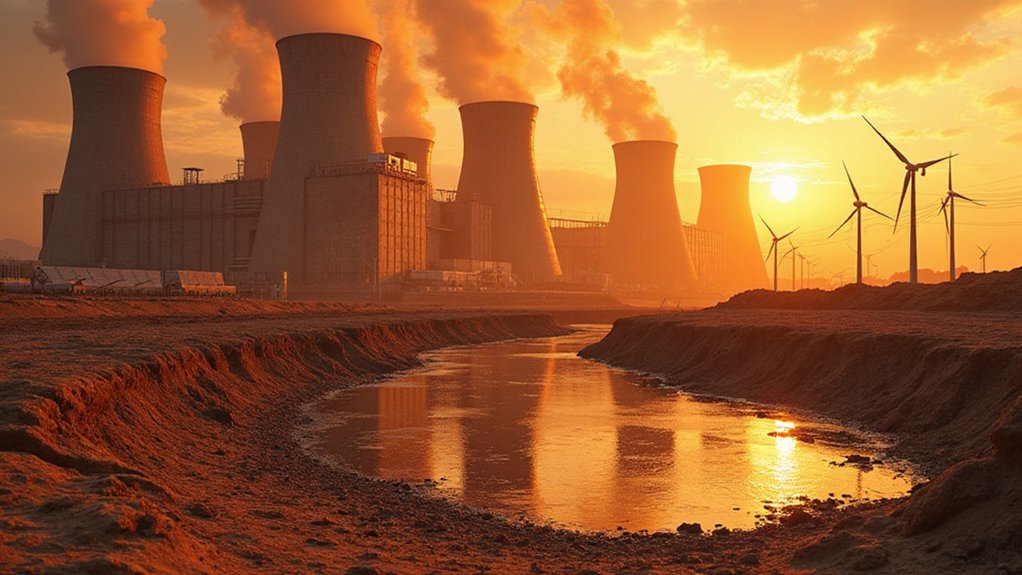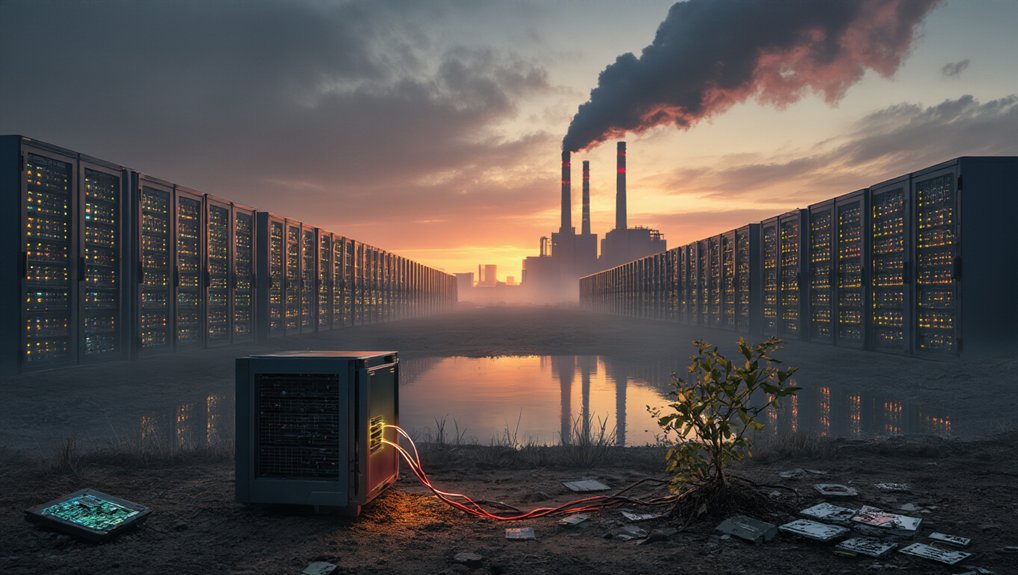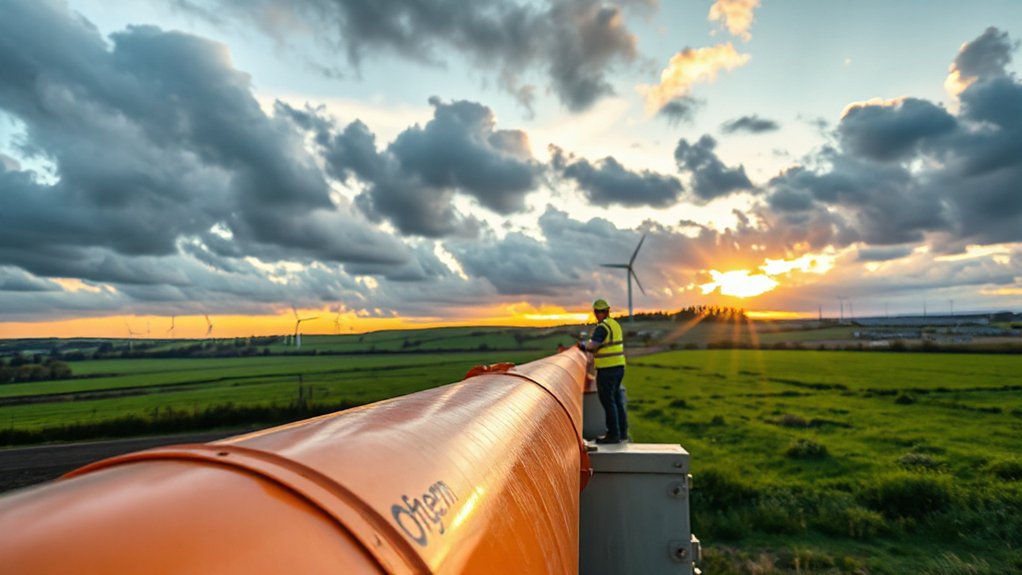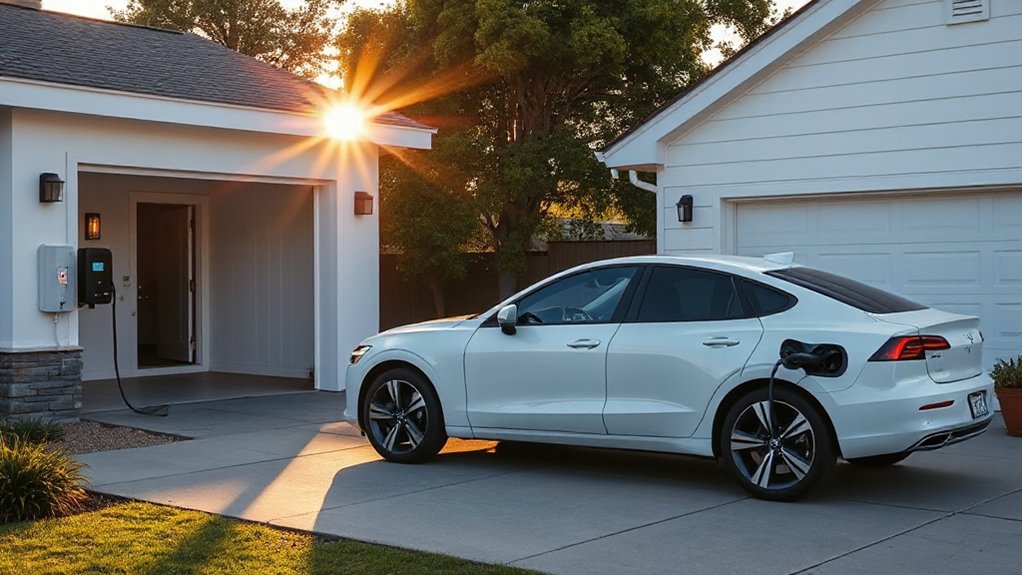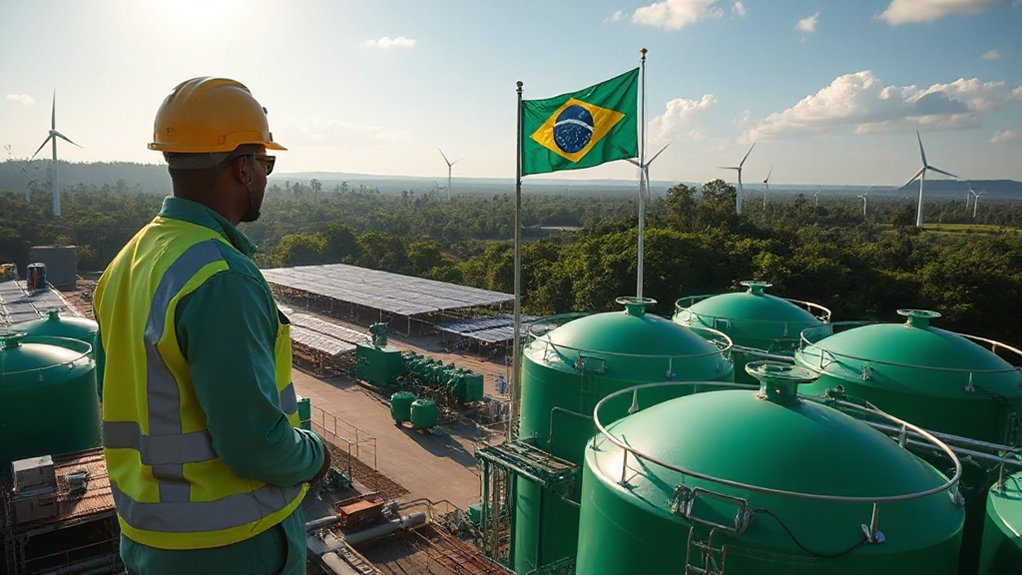Some wood stove makers have figured out how to cut particle emissions by up to 90% compared to open fires. That’s not marketing fluff – it’s happening right now in living rooms across the country.
These aren’t your grandfather’s smoky wood burners. New Ecodesign-compliant models slash particulate emissions by 80% compared to older stoves. The secret? Advanced combustion tech that burns nearly every bit of fuel, leaving minimal smoke. Double-wall construction, catalytic combustion, improved airflow – the engineering is borderline obsessive. Leading manufacturers like Himalayan Rocket Stove utilize patent double combustion technology to maximize heat generation while minimizing emissions.
Advanced combustion tech burns nearly every bit of fuel, leaving minimal smoke and obsessively engineered efficiency.
The timing couldn’t be better. Stricter emissions standards since 2020 have lit a fire under manufacturers. They’ve responded with stoves packed with electronic sensors, automated controls, and – get this – machine learning algorithms that adapt to how you actually use the thing. Some models even generate backup electricity from waste heat. Because why not?
Indoor air quality sees dramatic improvement with these units. That matters in poorly ventilated spaces where traditional stoves turn homes into smokehouse experiments. Lower emissions mean fewer respiratory problems, reduced carbon footprints, and less strain on local forests since efficient burning means using way less wood. The secondary burning technology creates a second combustion zone that incinerates smoke particles before they can escape up the chimney.
The convenience factor is almost comical. Self-cleaning ash systems, automatic draft control, smartphone apps for remote operation, real-time air quality monitoring. These stoves practically run themselves. Notification systems even tell you when to add logs or perform maintenance. It’s like having a very specific, very nerdy assistant.
Design-wise, manufacturers have ditched the rustic cabin aesthetic for sleek, contemporary looks. Large glass doors showcase the flames, turning functional heating into living room theater. Compact models fit tight spaces. Minimalist designs complement modern homes. These advancements could help reduce the early deaths linked to air pollution that currently claim 29,000 lives annually across the UK. They’re conversation pieces that happen to heat your house.
Market adoption is accelerating. Sustainability-conscious consumers are driving demand, often adding wood stoves alongside existing gas systems. Off-grid enthusiasts love the energy independence angle. Urban dwellers appreciate the eco-credentials and those fancy certification labels.
The wood stove industry just pulled off something remarkable: making an ancient heating method cleaner than most modern alternatives. Groundbreaking might be overused these days, but here it actually fits.
References
- https://himalayanrocketstove.com/the-best-smokeless-stoves-for-sustainable-cooking-in-2025/
- https://northern-firewood.co.uk/blogs/news/2025-update-progress-in-reducing-particulates-from-wood-burning-stoves
- https://techxplore.com/news/2025-06-technologies-wood-stoves-efficiently.html
- https://itsfiretime.com/2024/08/06/the-future-of-fire-a-vision-of-clean-smart-and-cozy-wood-stoves/
- https://stuvamerica.com/en/inspirations/stuv-lifestyle/5-trends-for-2025/
